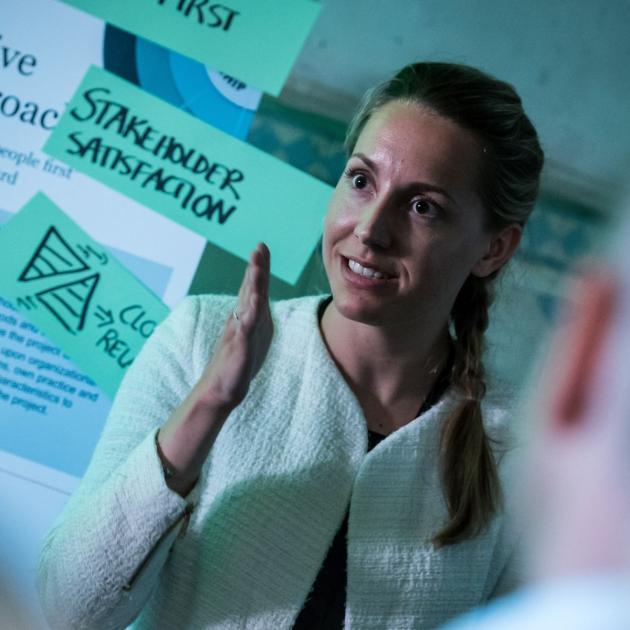What was your role in the development of Half Double?
I was part of the project team from 2014. My main role was around communication and rollout – shaping the story and helping to connect the different people and strands of the project so that it would become more than just a method.
What do you remember most clearly from the early Half Double days?
There was an incredible energy – a real “let’s go” spirit after the initial funding came through. I joined just as we secured the first round of funding, and we were ready to test, communicate and scale. My role was quite broad: I helped develop and test the method in pilot projects, extract learnings, and design the overall communication and community-building strategy. It felt like being part of something big and important.
What made the idea of a new project model so exciting to you?
I have a background in business psychology and have always been fascinated by the human dimension of organisations. Projects, as temporary systems, are even more complex and filled with potential for better collaboration and energy.

